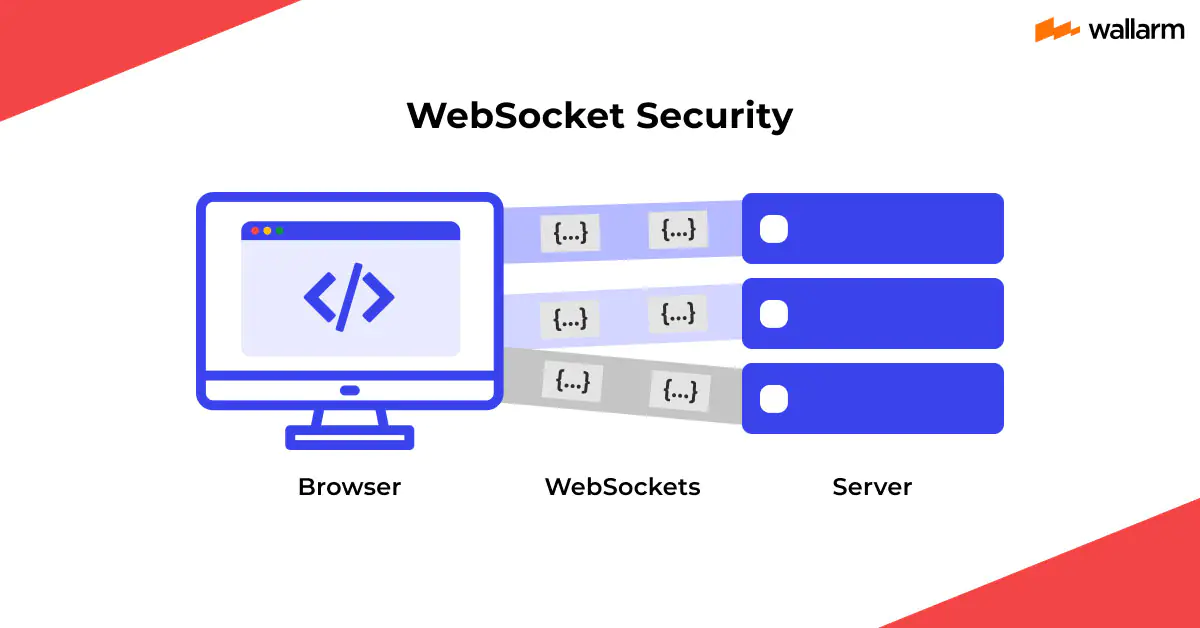Insecure Deserialization Lab 6 : Exploiting PHP deserialization with a pre-built gadget chain
Access Lab : https://portswigger.net/web-security/deserialization/exploiting/lab-deserialization-exploiting-php-deserialization-with-a-pre-built-gadget-chain Understanding the Concept What is PHP Generic Gadget Chains PHP Generic Gadget Chains are sets of exploit payloads crafted for PHP-based web applications vulnerable to insecure deserialization. These gadget chains utilize weaknesses in PHP’s serialization mechanism to manipulate the flow of data within the application, potentially leading to remote code execution […]







